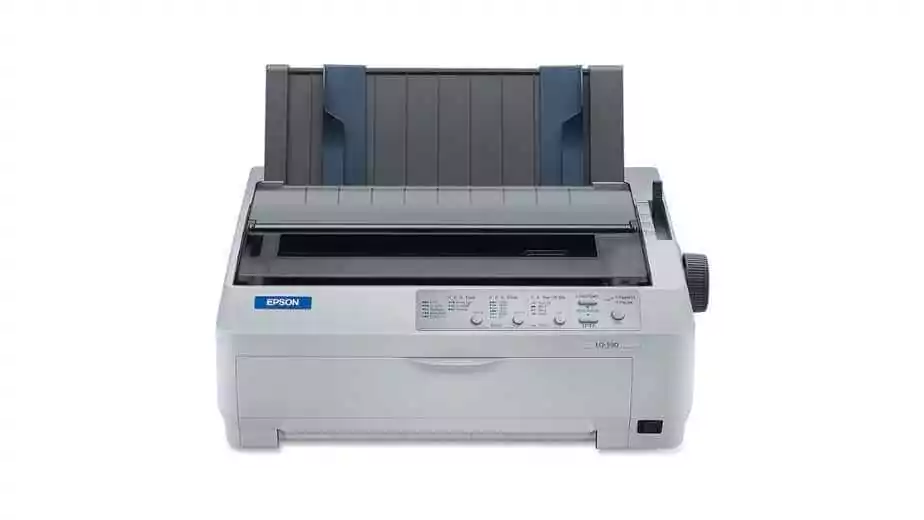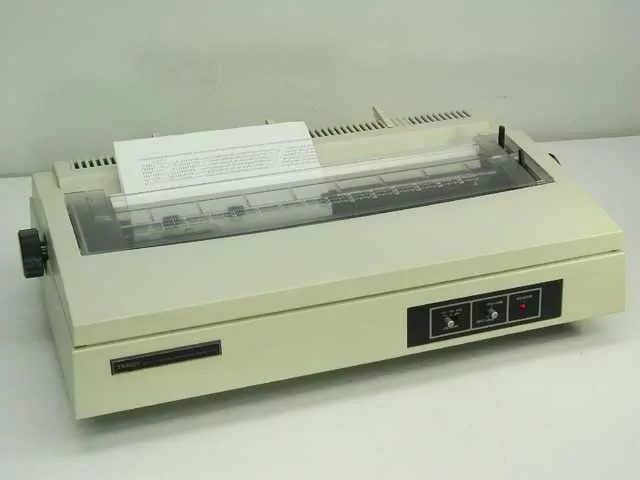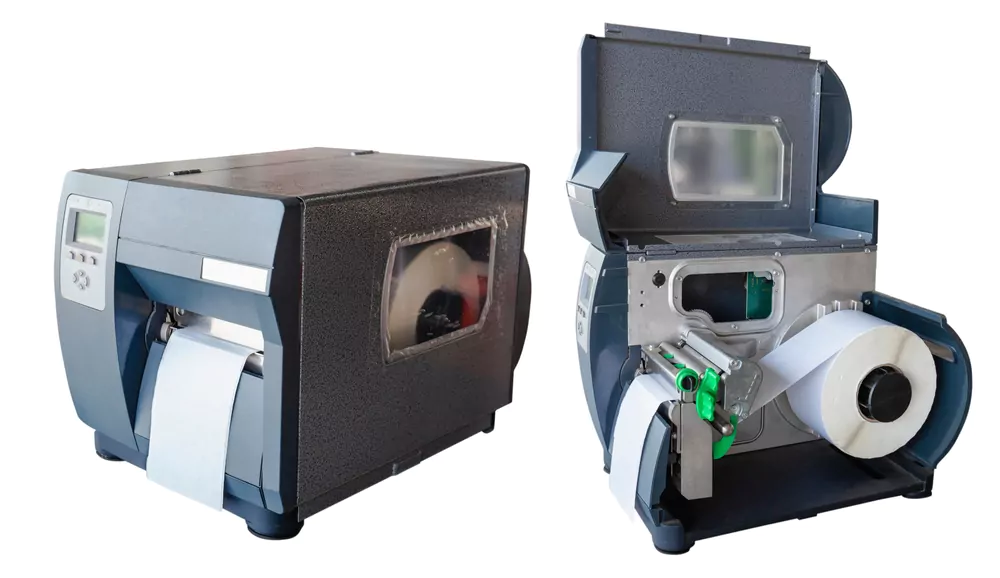What is Impact Printer and How Does it Work?

In the world of printing technology, there are two primary types of printers: impact and non-impact printers. In this detailed and informative blog post, we will delve into the world of impact printers. We will discuss “what is impact printer,” explore its history and analyse the various types of impact printers available today. We will also examine the advantages and disadvantages of these printers to help you understand if an impact printer is the right choice for your needs.
1 What is an Impact Printer?
An impact printer, as the name suggests, is a type of printer that operates by striking an inked ribbon against the paper to create an impression. This direct physical contact between the print head and the paper sets it apart from non-impact printers, which use heat or pressure to apply ink or toner to the paper. Some of the most well-known examples of impact printers are dot matrix, daisy wheel, and line printers.
2 History of Impact Printers
Impact printers have a long and storied history that dates back to the invention of the typewriter in the early 19th century. The basic principle behind these printers was the same as that of the typewriter, where individual characters were struck against an inked ribbon to transfer ink onto the paper. As technology progressed, impact printers evolved and became more sophisticated, paving the way for the various types of impact printers we know today.
3 Types of Impact Printers
Dot Matrix Printers

Dot matrix printers, also known as pin printers, are a type of impact printer that uses a matrix of pins to create characters and images. The print head consists of a series of pins, usually between 9 and 24, arranged in a column. These pins strike an inked ribbon against the paper, creating a series of dots that form characters and images.
Dot matrix printers were widely popular during the 1980s and 1990s because of their durability and low cost. While they have been largely replaced by non-impact printers, such as inkjet and laser printers, they are still used in certain industries and applications where multipart forms or continuous-feed paper is required.
Daisy Wheel Printers

Daisy wheel printers, also known as letter-quality printers, are a type of impact printer that uses a rotating wheel with embossed characters to create text on the paper. The wheel, which resembles a daisy flower with petals, rotates to the appropriate character and strikes it against an inked ribbon to transfer ink onto the paper. Daisy wheel printers produce high-quality text similar to that of a typewriter.
These printers were popular during the 1970s and 1980s but have since been largely replaced by laser and inkjet printers. However, they can still be found in some niche applications where high-quality text is required.
Line Printers

Line printers are high-speed impact printers that print an entire line of text at once. These printers use a series of hammers arranged in a row, each corresponding to a specific character position on the paper. The hammers strike an inked ribbon against the paper, creating the characters for the entire line. Line printers can achieve speeds of up to 2,000 lines per minute.
Line printers are typically used in large-scale data processing environments, such as mainframe computers, where high-speed printing is required.
4 Advantages of Impact Printers
- Durability and Reliability: Impact printers are known for their durability and reliability. They can withstand harsh environments and are less prone to mechanical failure than their non-impact counterparts.
- Multi-part Forms: Impact printers are capable of printing on multi-part forms, such as carbonless copy paper. This feature is particularly useful in industries like logistics and manufacturing, where duplicate copies of documents are required for record-keeping and tracking purposes.
- Low Operating Costs: The consumables required for impact printers, such as inked ribbons and paper, are generally less expensive than those needed for non-impact printers like inkjet or laser printers. This makes them more cost-effective, especially for organisations that require high-volume printing.
- Continuous Feed Paper: Impact printers can handle continuous-feed paper, which is advantageous for printing long documents, reports, or data logs. This feature is particularly useful for industries that require uninterrupted printing for extended periods.
- Tamper-resistant Printing: Due to the physical contact between the print head and the paper, impact printers create an impression on the paper that cannot be easily altered or tampered with. This is important for security-sensitive applications, such as printing checks or financial documents.
5 Disadvantages of Impact Printers
- Noise: Impact printers can be quite noisy during operation due to the physical contact between the print head and the paper. This can be disruptive in quiet environments or office settings.
- Lower Print Quality: Compared to non-impact printers like inkjet and laser printers, impact printers generally produce lower-quality images and text. This is because they use a limited number of pins or characters to create images and text, resulting in lower resolution and less detail.
- Limited Color Printing: Most impact printers are limited to monochrome printing, which can be a significant drawback for users who require colour printing for their documents or images.
- Slower Printing Speeds: Impact printers typically have slower printing speeds compared to non-impact printers. This can be a disadvantage for users who require fast and efficient printing for large volumes of documents.
6 Wrapping Up
Impact printers, with their distinct method of printing through direct contact between the print head and paper, have played a significant role in the history of printing technology. Despite their limitations, such as noise, lower print quality, and slower printing speeds, impact printers offer several advantages, including durability, low operating costs, and the ability to print on multi-part forms and continuous-feed paper.
While impact printers have largely been replaced by non-impact printers in many applications, they continue to be used in specific industries and situations where their unique features are advantageous. By understanding the various types of impact printers, their advantages, and their disadvantages, you can make an informed decision about whether an impact printer is the right choice for your printing needs. If you are searching for a budget printer, we have got reviewed the best all in one printer under 10000 for office use and some high-end printers for your home and personal use.
Community Q&A
About This Article
This article has been viewed 728 times.



